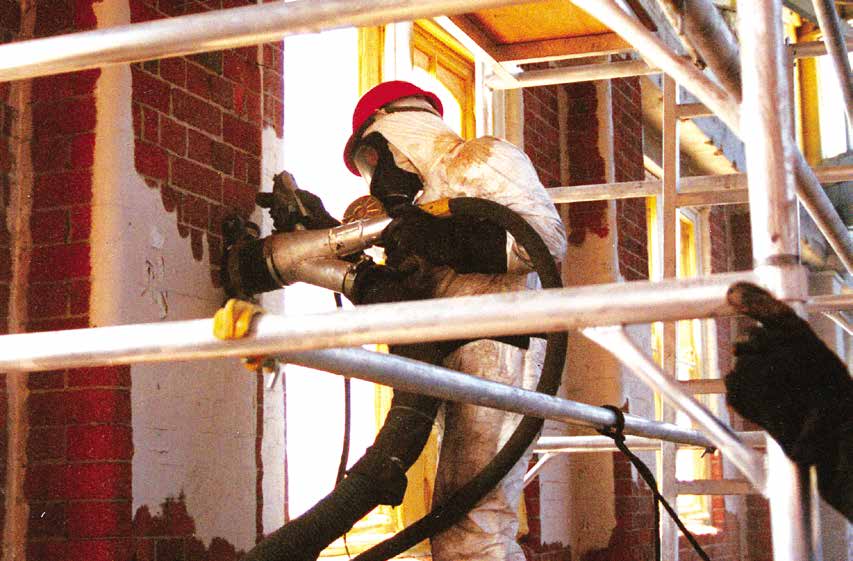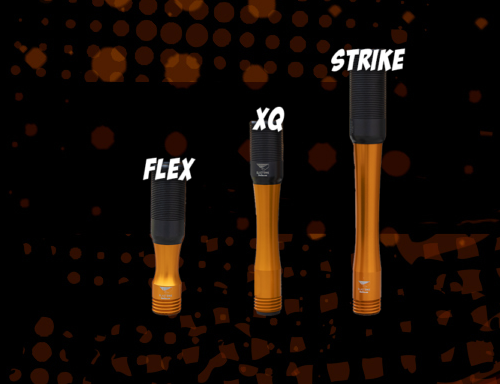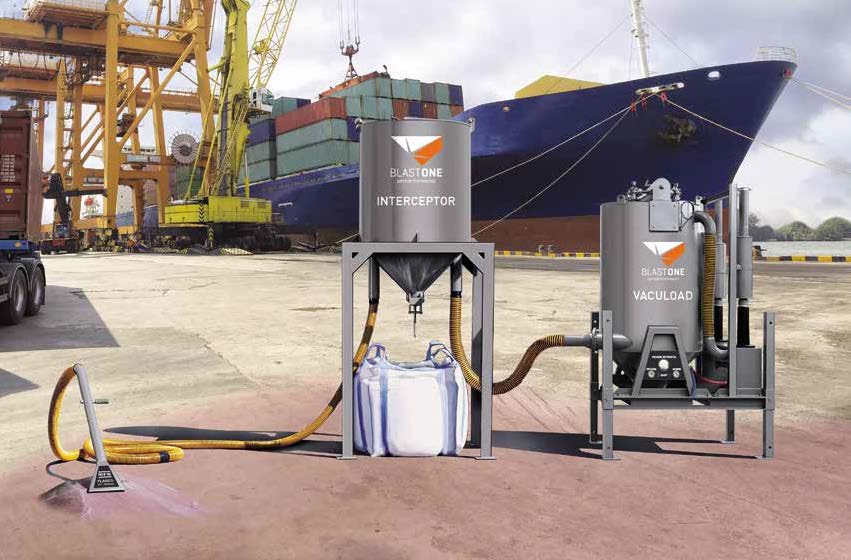Proper Blasting Setup for Maximum Safety and Productivity
Setting up your blasting equipment correctly is essential to ensure safety and optimal performance. Here’s a comprehensive guide to help you get it right.
Air Compressor
Start by setting up your air compressor. Follow the startup procedure instructions provided inside the door. Once the unit is warmed up, switch the air to the run cycle and then select either high or low. Locate the air outlet and connect it to your bull hose, ensuring you have safety restraints like whip checks and pins in your couplings for added security.
Air Prep
Next, trace the bull hose to the air prep unit, which helps remove moisture from the hot air generated by the compressor. Blasting with cool, dry air enhances productivity. Ensure you have inlet and outlet ball valves for safety and to control airflow, along with whip checks from the outlet valve to the bull hose leading to the blast pot.
Blast Pot
Ensure safety by fitting whip checks on the bull hose going into the blast pot. Open the pressure to the pot using the inlet ball valve while keeping the dump valve closed to pressurize the pot for blasting. For electric setups, use alligator clips and battery leads to supply the electric solenoid. Connect deadman lines to the blast nozzle, and use Schmidt Thompson metering valves for high flow. Secure the blast hose with blast couplings, safety pins, and whip checks. Control lines should run parallel to the blast hose leading to the deadman trigger.
Pressure
Use tools like a needle pressure gauge to check if your blasting pressure is correct. Inject the needle into the hose facing the abrasive stream to get a live psi test during blasting.
Breathing Air
From the compressor, connect a Chicago-line with safety pins and whip checks to the RPB GX4 and Radex Filter. This filter cleans oils or contaminants from the compressor air before it reaches the blaster’s helmet. The monitor, powered by battery clips, should read under 10 ppm CO for safety. Connect the breathing airline to the NOVA3 blast helmet, equipped with a C40 climate control regulator to adjust air temperature and flow. The helmet features a fog-free design and multiple comfort layers, ensuring safety and comfort.
Blast Pot Setup Process Overview:
- Start with the air compressor, following proper startup procedures and ensuring safety restraints.
- Use an air prep unit to provide cool, dry air for enhanced productivity.
- Ensure the blast pot and related components are securely connected and pressurized correctly.
- Use a needle pressure gauge for live psi testing during blasting.
- Connect the breathing air system with appropriate filters and regulators to ensure clean air supply to the helmet.
 My Account
My Account





